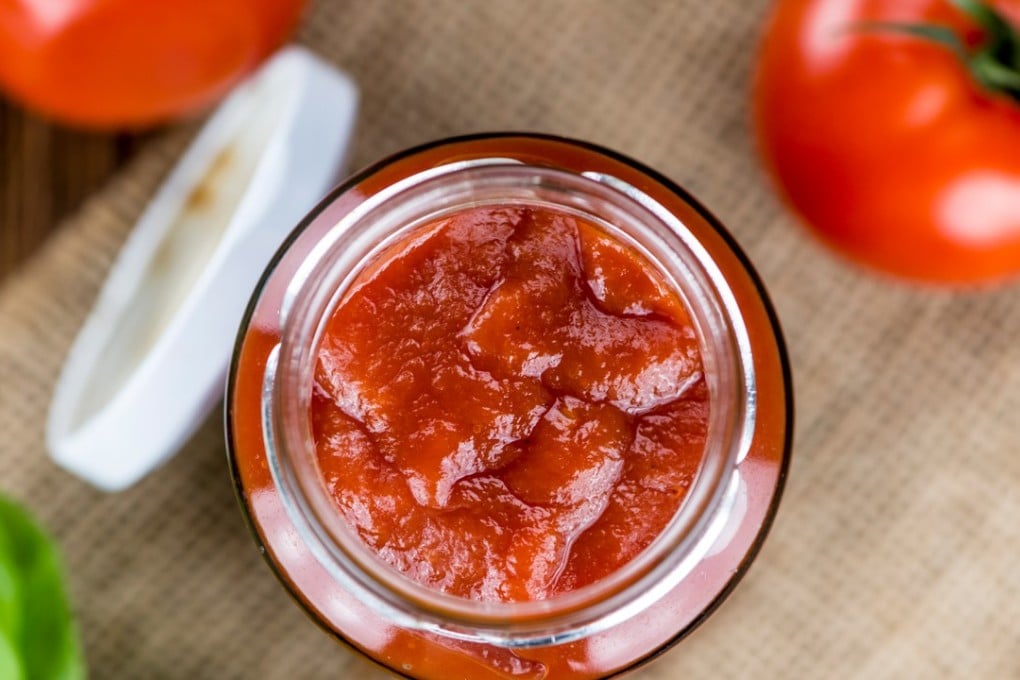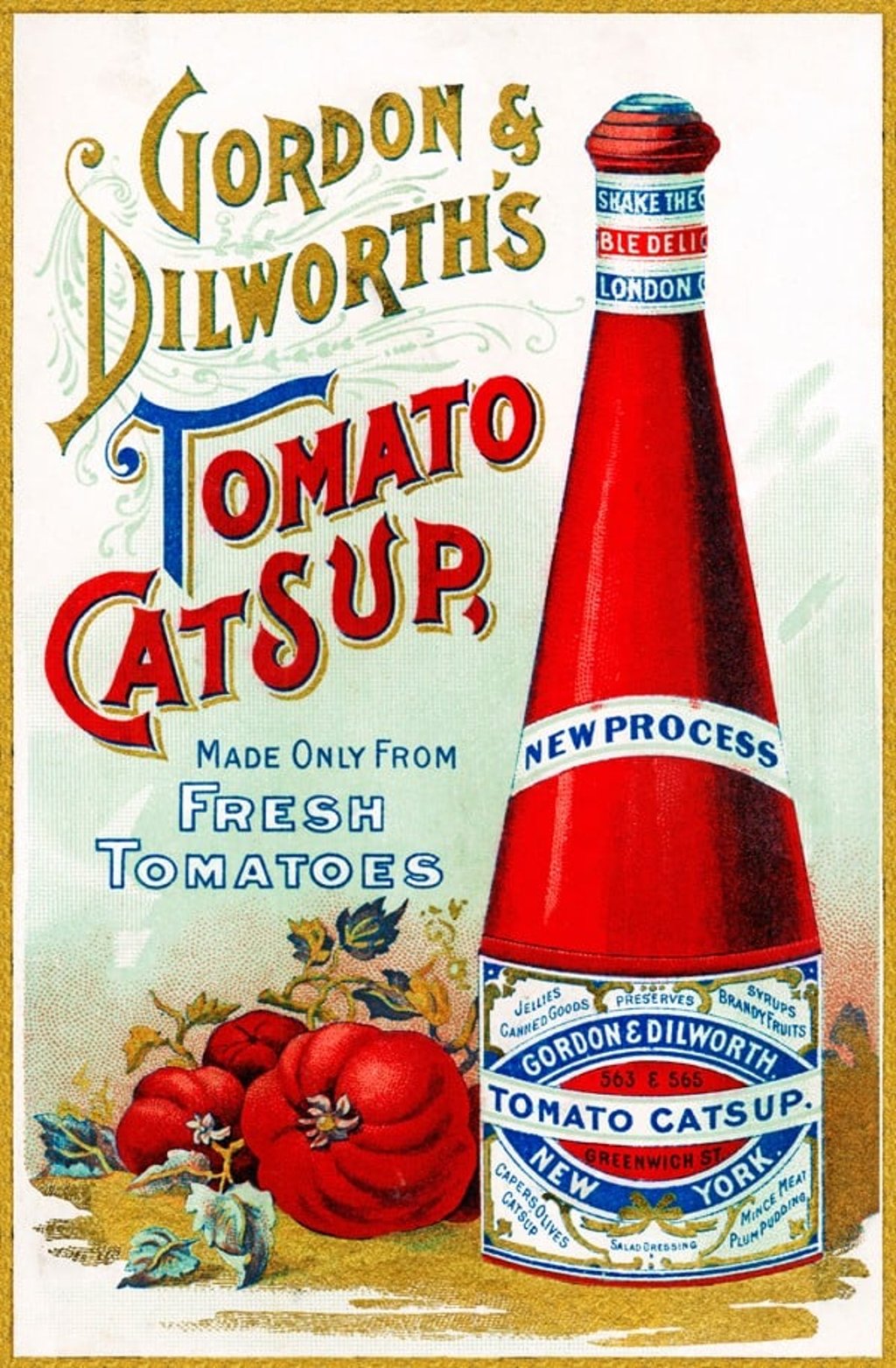Language Matters | When China invented ketchup in 300BC, and how it morphed from a preserved fish sauce to sweet tomato gloop
The name of the world’s favourite sauce originated with Min Chinese, entered the lexicon in Indonesia, and from there was eventually absorbed into English via British India; along the way the sauce evolved dramatically

Before you next tell your children to “stop that Western habit of covering everything with ketchup!”, consider that the origins of this tangy sauce – and its name – actually lie in Asia.
The original ketchup was fish sauce, made from salted, fermented anchovies. Fermented meat or fish sauces had been in existence in China since about 300BC. By 50-100BC, demand for fish pastes in the country had fallen drastically, with fermented bean products having become a major trade commodity.
But not elsewhere: food scholars traditionally divide East Asia into two distinct condiment regions, separated by a bean-fish isogloss: Southeast Asia, mainly using fermented fish (think of Vietnamese nuoc mam, Thai nam pla, Filipino patis)and Northeast Asia, using mainly fermented beans.

Fukienese traders also took kê-chiap to Indonesia, where it became kecap/ketjap, and the word gradually generalised to encompass sweet and savoury soy sauces, and sauces in general.
